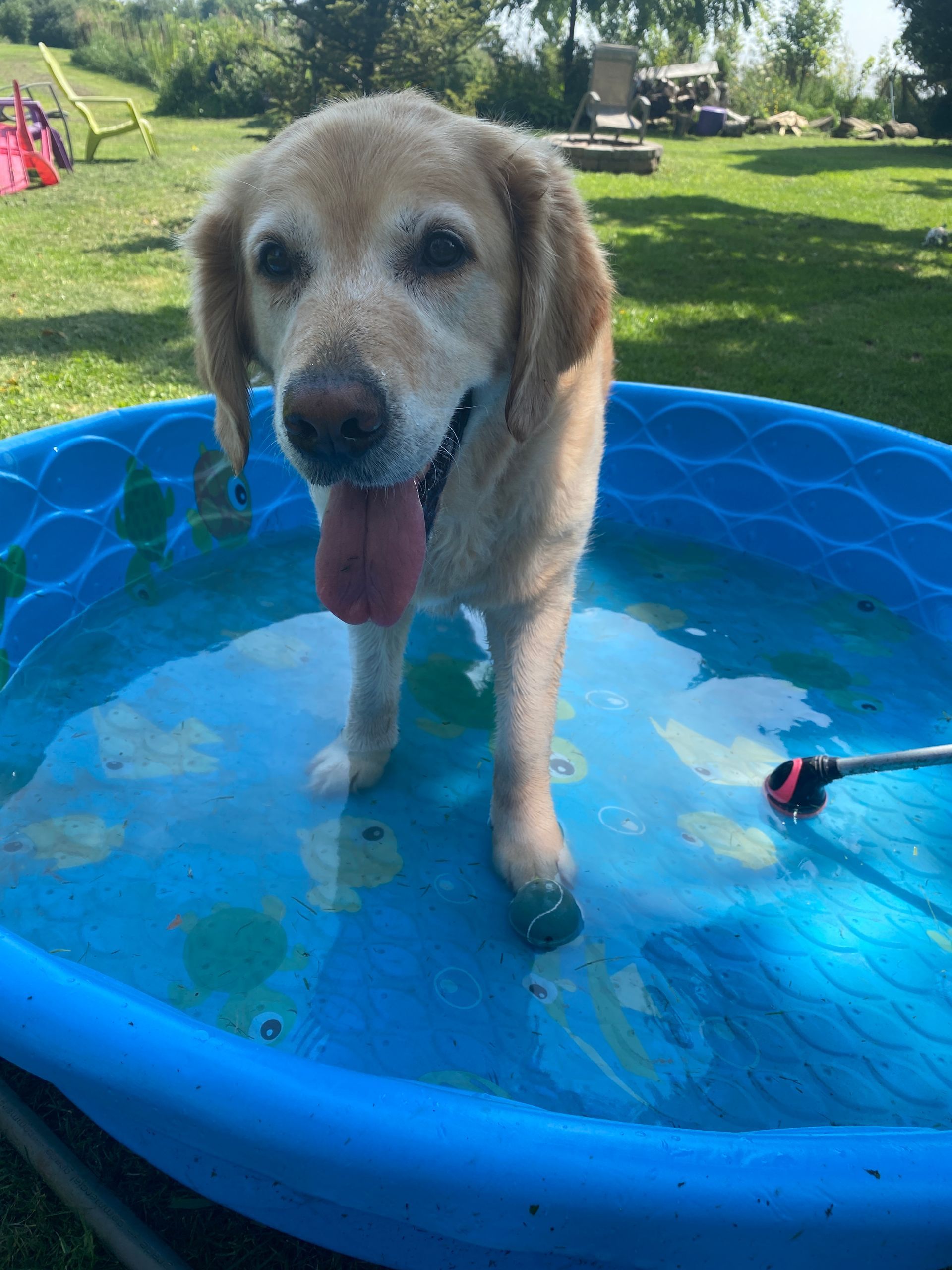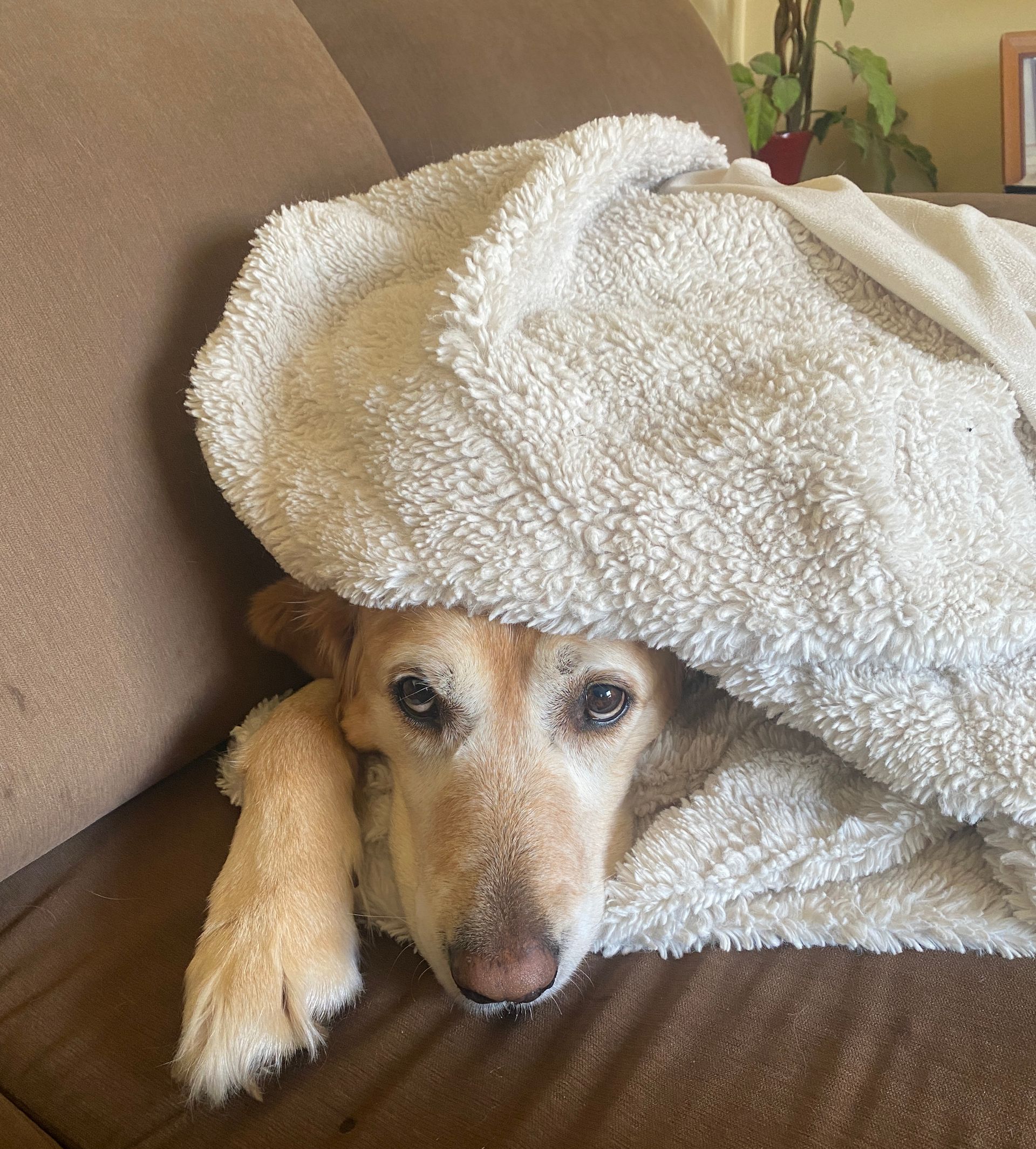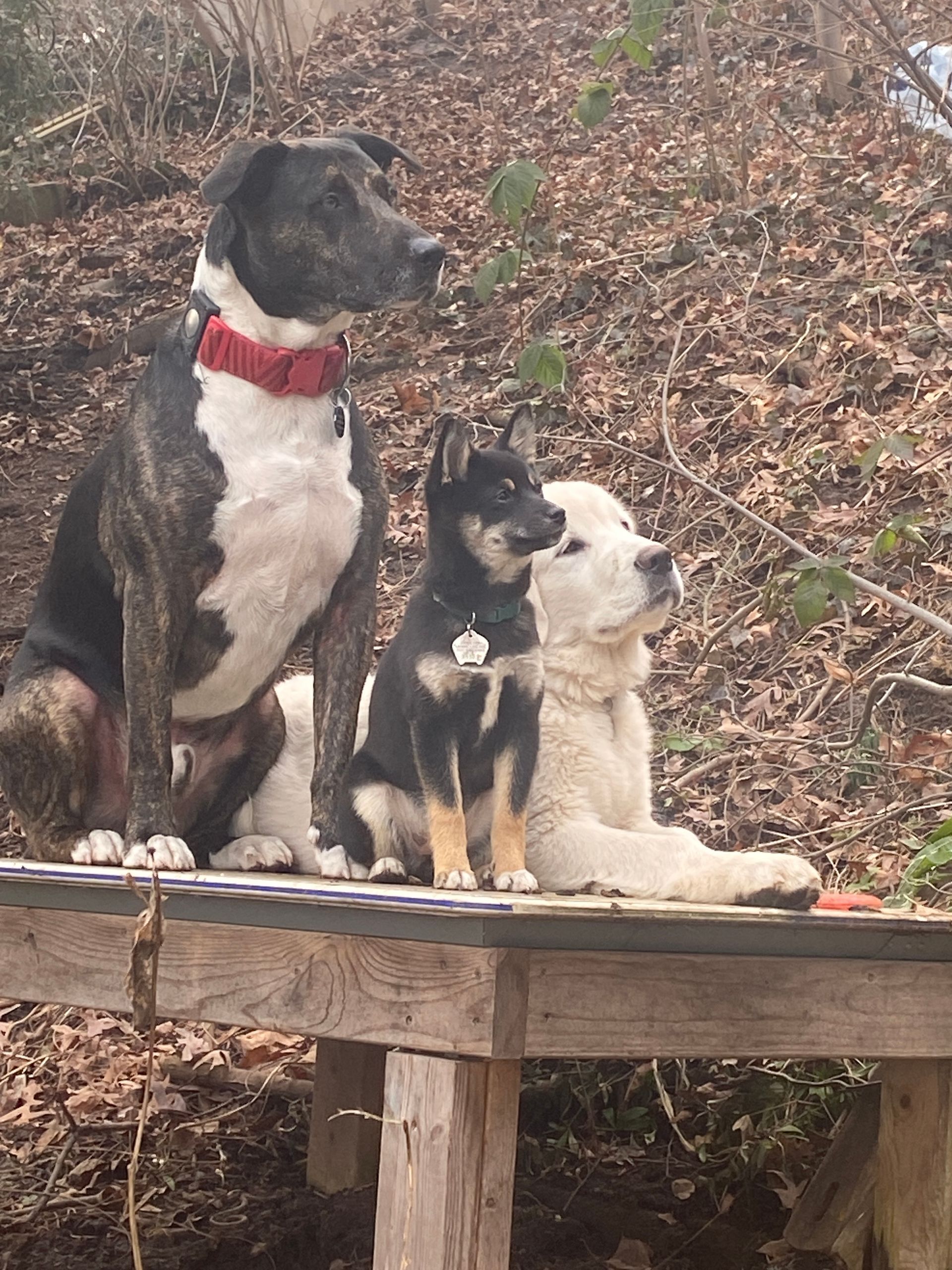Games 4 Dogs
Ultimate Guide to High, Medium, and Low Value Lure Training
Luring is a popular dog training technique. It involves using a lure, such as a high-value treat like chicken or a toy, to motivate dogs to perform specific desired behaviours. The lure is held close to the dog's nose and moved in the direction of the desired behaviour, guiding the dog's attention and movement.
Using appropriate value lures is crucial to the success of luring in dog training. Here are some examples of high, medium, and low value lures:
- High-value lures: These are treats or toys that your dog absolutely loves and are willing to work hard for. Examples include cooked chicken, cheese, hot dogs, liver treats, or a favourite toy.
- Medium-value lures: These are less valuable than high-value lures but still enough to motivate your dog. Examples include store-bought dog treats, dehydrated liver, or a toy that your dog likes but is not obsessed with.
- Low-value lures: These are inexpensive and less appealing to your dog. Examples include kibble, small bits of veggies, or a squeaky ball.
Gradually transitioning from high-value to low-value lures can help reduce reliance on lures and increase the dog's response to verbal or visual cues. For example, you can start with high-value lures to teach a new behaviour, and gradually replace it with medium-value and then low-value lures as your dog gets better at the behaviour.
Using the right lures is crucial for successful dog training, but we also need to remember that what our dogs want most is to be by our side. While high-value lures can certainly grab their attention, we should aim to gradually decrease their reliance on treats and focus on building a strong bond with positive reinforcement.
Transitioning to lower value lures like store-bought treats or even just affectionate attention can help our dogs learn that doing what we ask is rewarding in and of itself. And let's be real, what could be more rewarding than being close to their human? As you work on training your pup, keep in mind that using appropriate value lures is just one tool in your toolbox. What really matters is building a strong relationship based on love, trust, and positive reinforcement.
5 Examples of High-Value Treats
1. Chicken Breast: Cooked, skinless chicken breast is a lean and tasty treat that most dogs find irresistible. Cut it into small, bite-sized pieces for training sessions.
2. Cheese: Many dogs love cheese, and it's easy to carry and use as a reward. Small cubes of cheddar, mozzarella, or a low-fat option can be very motivating.
3. Hot Dogs: Sliced hot dogs are a favorite for many dogs. They are soft, smelly, and easy to cut into small pieces, making them ideal for training rewards.
4. Liver Treats: Freeze-dried liver or freshly cooked liver cut into tiny pieces is a highly appealing treat due to its strong smell and flavour.
5. Peanut Butter: A small amount of peanut butter (ensure it’s xylitol-free, as xylitol is toxic to dogs) can be used as a high-value treat. It can be given straight or used to fill treat toys.
These treats are particularly effective for training because their strong flavours and scents can capture a dog’s attention and keep them motivated.
5 Examples of Medium-Value Treats
1. Turkey Bacon: A lean and flavourful alternative to regular bacon, turkey bacon can be easily torn into smaller pieces for training or rewarding.
2. Freeze-Dried Meat: Freeze-dried meats like beef, chicken, or lamb offer a convenient and mess-free option for training treats. They retain much of their flavour and aroma, making them enticing to dogs.
3. Carrot Sticks: Crisp and crunchy carrot sticks are a low-calorie option that many dogs enjoy. They're rich in vitamins and minerals, making them a healthy choice for occasional treats.
4. Commercial Dog Treats: Many commercially available dog treats fall into the medium value category. Look for treats made with high-quality ingredients and minimal additives for the best nutritional value.
5. Apple Slices: Fresh apple slices, with the seeds removed, can be a refreshing and moderately enticing treat for dogs. They're a good source of fiber and can help promote dental health.
These medium value treats are suitable for everyday use and can be used for regular training sessions or as occasional rewards for good behaviour.
5 Examples of Low-Value Treats
1. Plain Cheerios: Plain Cheerios are a low-calorie, low-fat option that many dogs find palatable. They can be broken into smaller pieces for training or used as a quick reward.
2. Cooked Vegetables: Certain cooked vegetables like green beans, peas, or broccoli can be offered as low-value treats. They're healthy and low in calories, making them suitable for dogs watching their weight.
3. Rice Cakes: Plain rice cakes are a bland but low-calorie treat option for dogs. They're easy to break into smaller pieces and can be used as a light reward during training sessions.
4. Ice Cubes: Ice cubes can be a refreshing and low-value treat, especially on hot days. They provide hydration and can help satisfy a dog's desire to chew without adding extra calories.
5. Kibble: It's familiar and crunchy, making it suitable as a snack too.
These low-value treats are ideal for situations where you want to reward your dog without overdoing it on calories or indulgence. They're best used for reinforcing simple commands or behaviours during training sessions.










